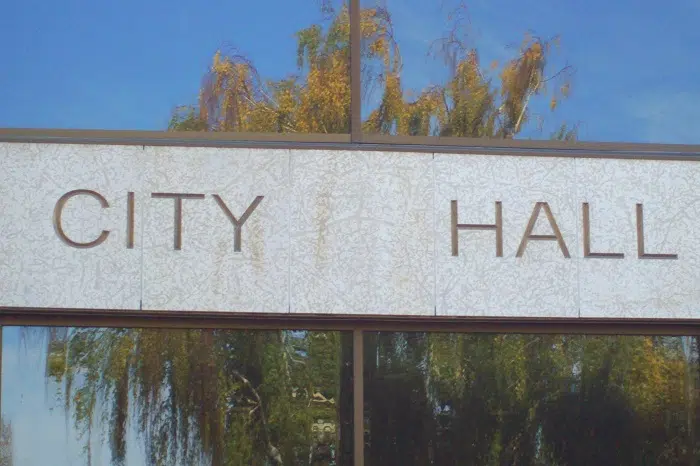
Slowed Growth Could Mean Putting Off Major Development Projects
LETHBRIDGE – Growth isn’t looking as optimistic as it has in past years, which could have some effects on the off-site levy account balance.
The levy provides upfront funding to land developers for infrastructure, like water, sanitary and storm lines in future serviced lots.
At Monday’s Finance Committee meeting, Urban Construction Manager, Byron Buzunis, said that instead of growing by 53 hectares per year, downwards adjustments were made to 30 hectares.
While this isn’t the slowest growth the city has seen, Buzunis notes that the city and developers can mitigate costs by putting off some major projects, “Because growth is going slower, developers don’t need the infrastructure quite as soon. We’re able to put off some projects, but that’s not quite enough to get us to a place where we need to be with the off-site levy account.”


